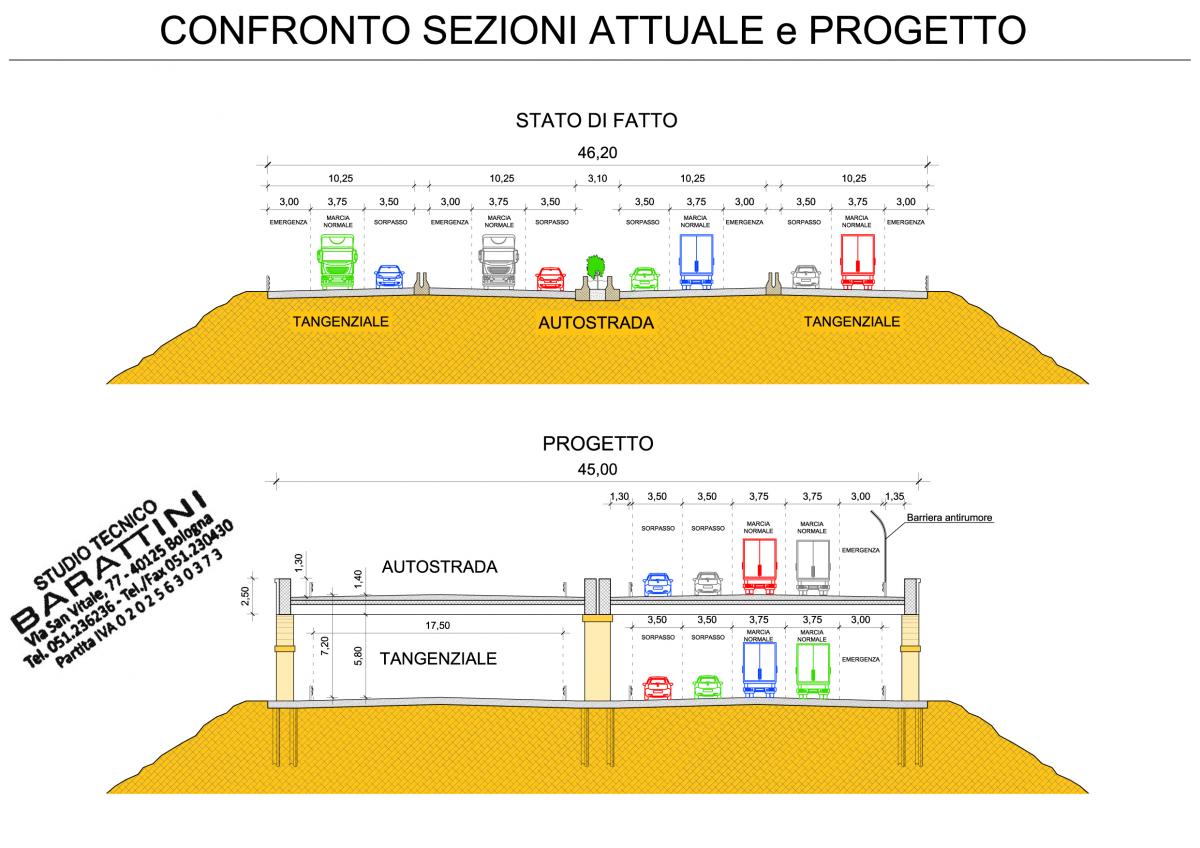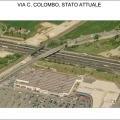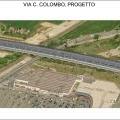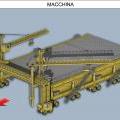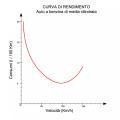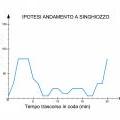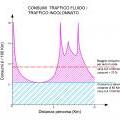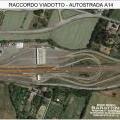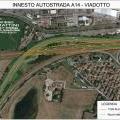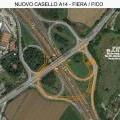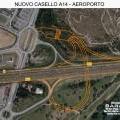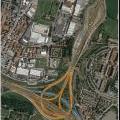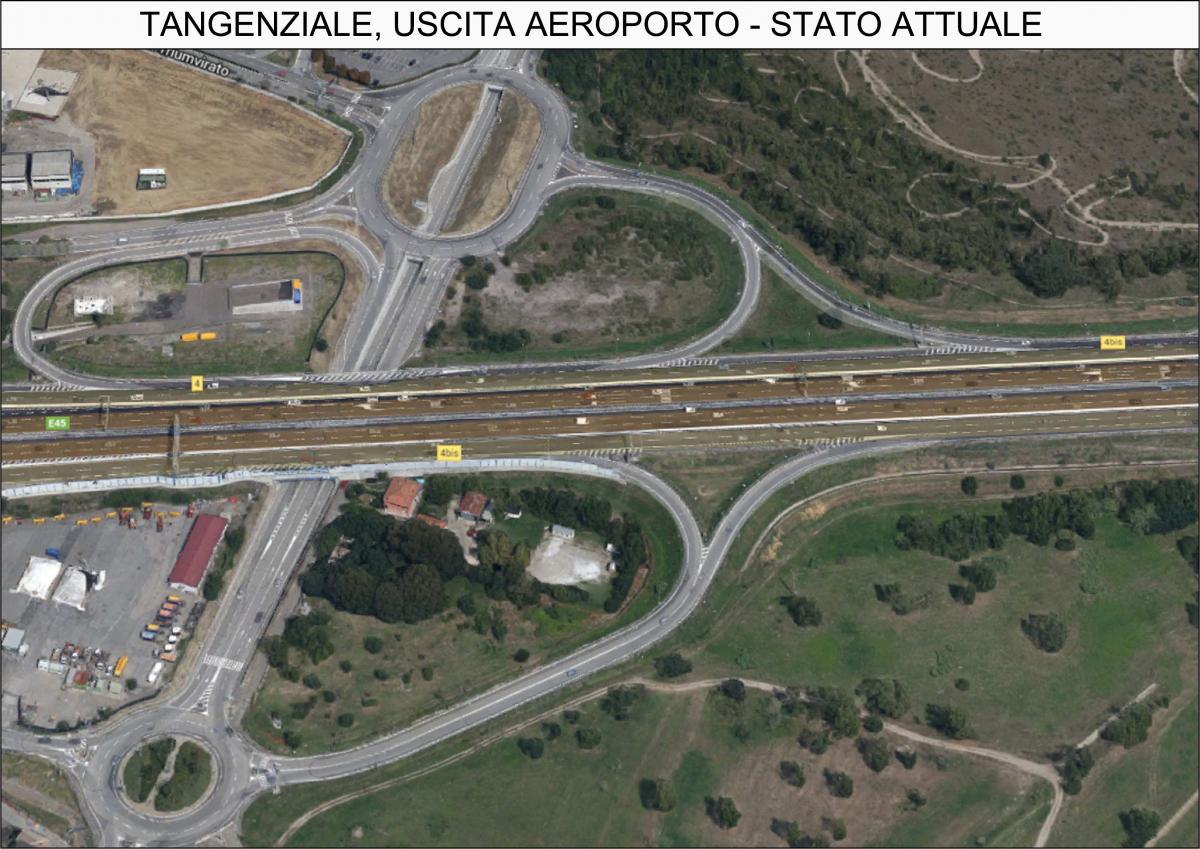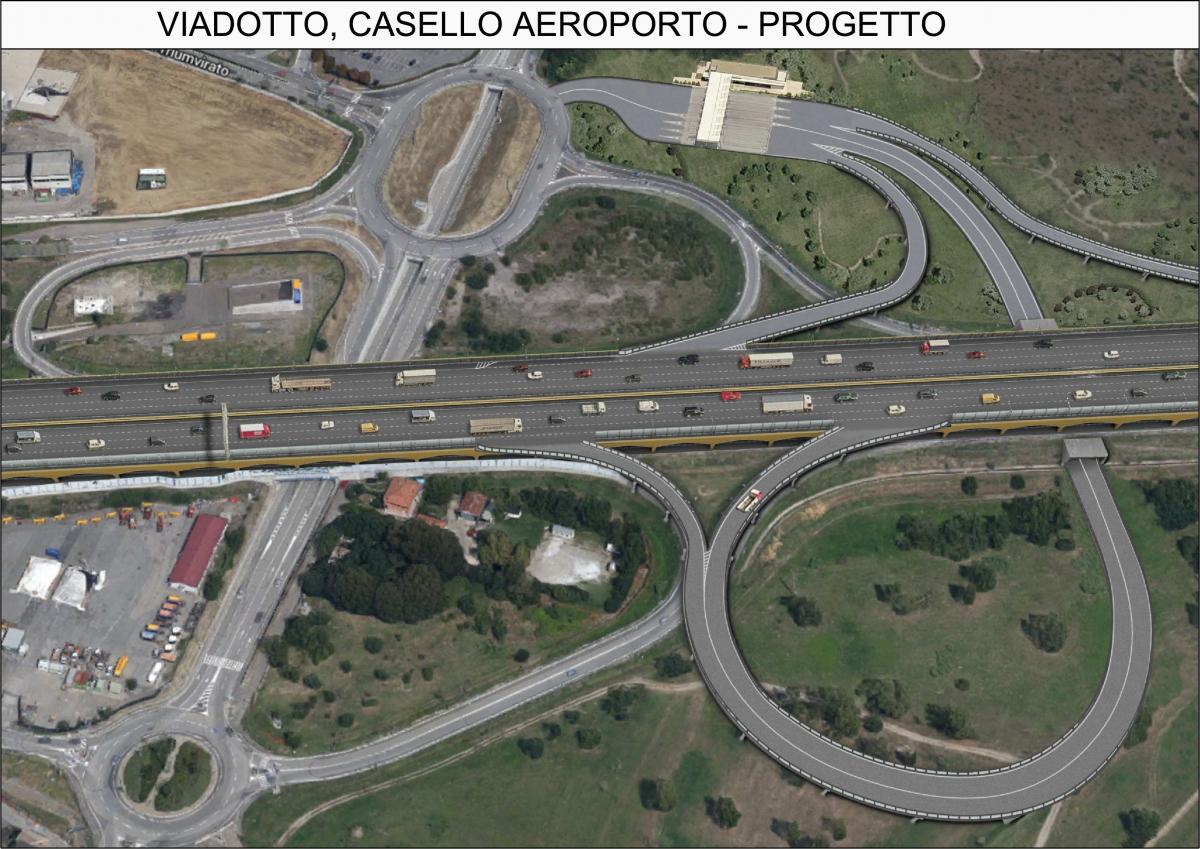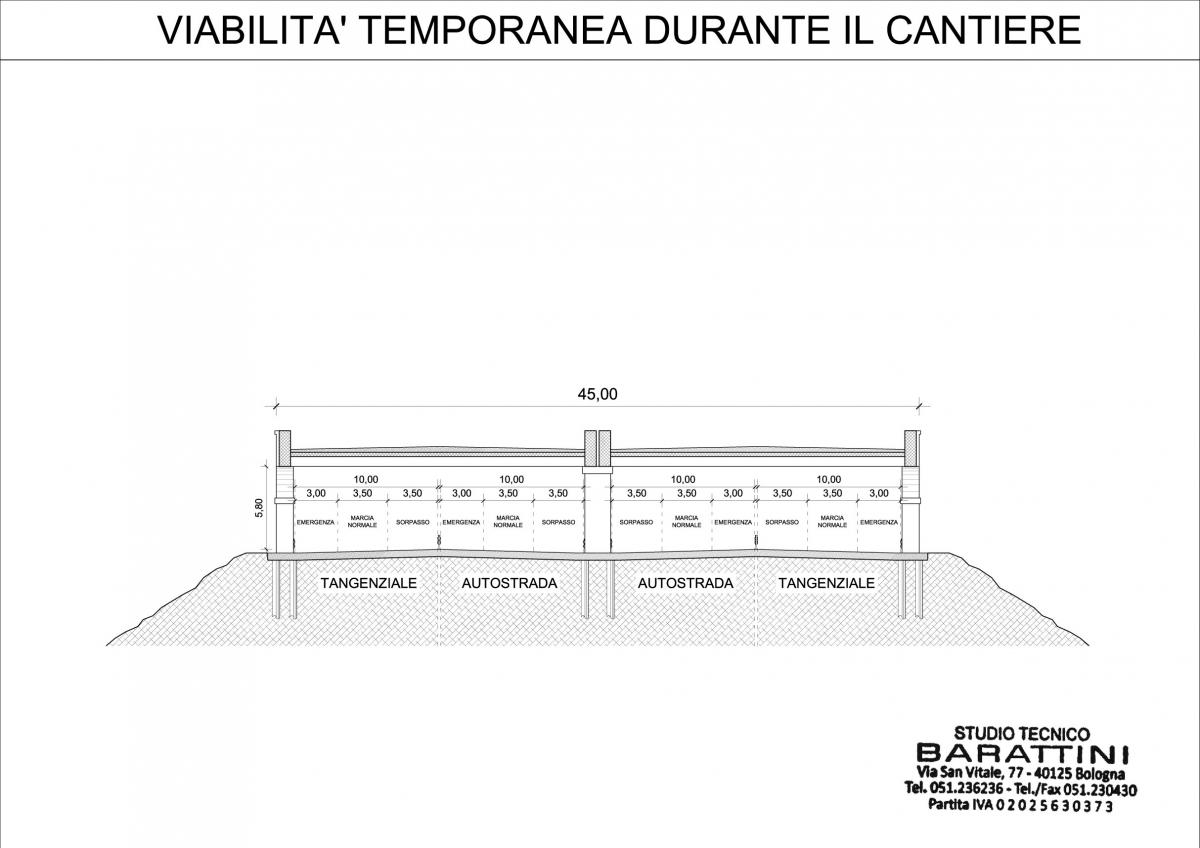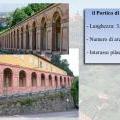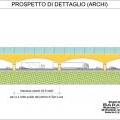
Alternative proposal to the north motorway bypass of Bologna
Premised that is in course of deepening the project of an infrastructure defined as “of great strategic importance”, called "North motorway bypass of Bologna", which proposes the creation of a motorway, with two lane in each direction, a lot north of the city of Bologna, which will pass through ten municipalities.
Actuality the motorway, which connects the four main paths towards west, north, east and south, through the periphery of Bologna on a route bounded on the right and left from the local ring road, two-lane, thus preventing any possibility of enlargement or update of the exits.
The same motorway actually has two lanes in each direction, recently complemented by a third, dynamic, who took the place of the emergency one. The north bypass, which will have a route of about 40 km, will connect Lavino (western suburbs) to Ozzano (eastern suburbs).
The critical issues widely acclaimed are represented by:
- Substantial increase in the path (increase of fuel consumption, worsening of pollution)
- Loss of land (with high geological and geotechnical risk)
- Many interferences with existing peripheral roads
- Limited benefits to municipalities crossed
- No benefit to traffic on the ring road
- No improvements to traffic on the motorway
This is the scheme of the project described above, and the subject of numerous controversies and heavy criticism, which would require ten years of work at an estimated cost of 1,300 million euros.
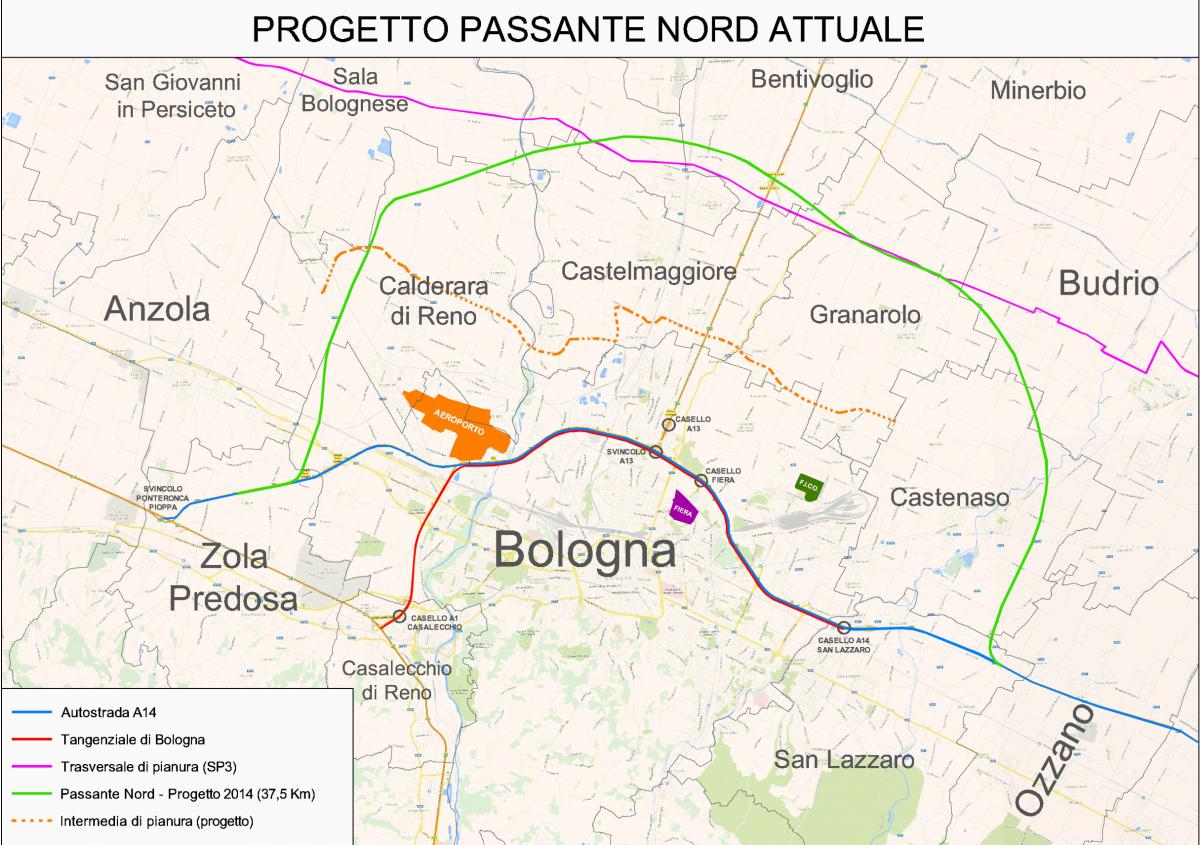
This design studio has developed a preliminary design, alternative to those (from 2003 to the present day) so far proposed, which solves four decisive and fundamental problems:
1) After careful consideration and taking into account the needs of current and forecast traffic, it has been planned to build a highway route through the city with 4 lanes for both directions; contextually also the ring road, for its entire development, is brought to 4 lanes for both directions.
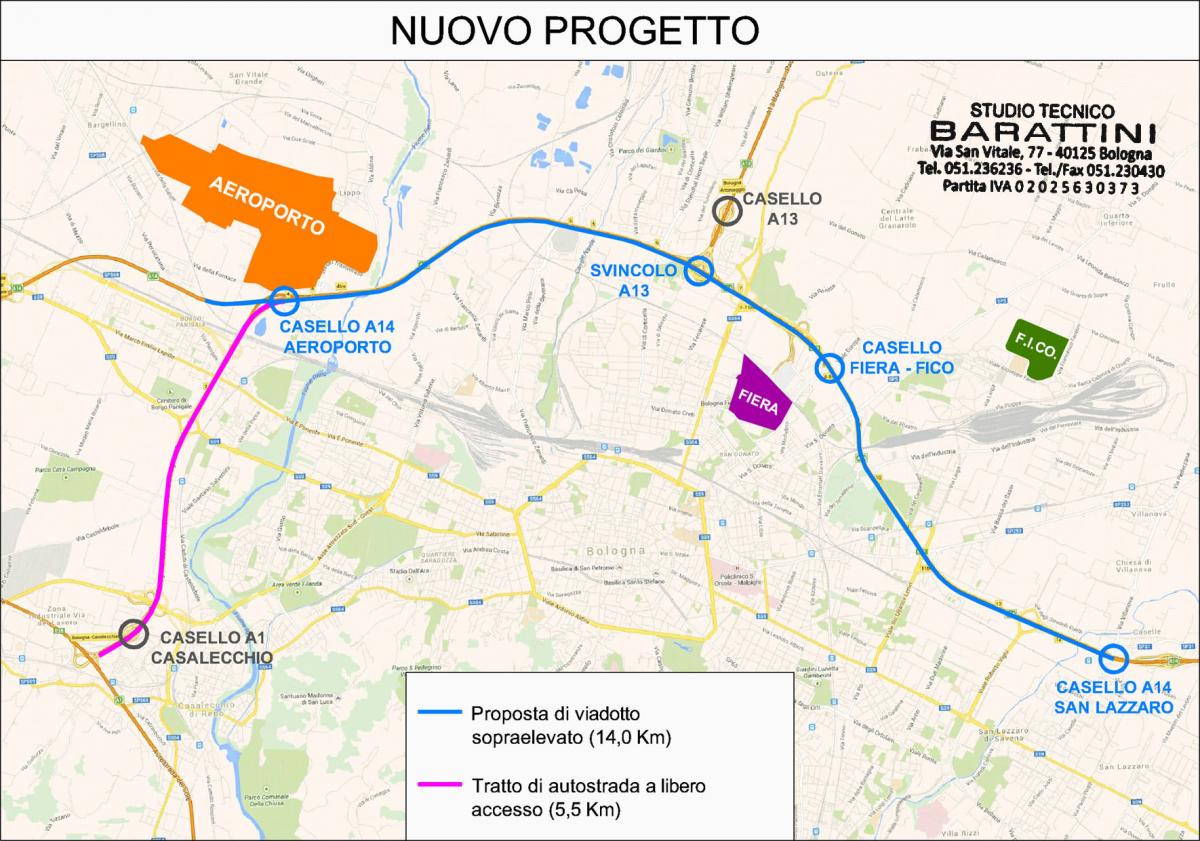
2) The route planned for the new highway is made entirely of viaduct, above the current ring road, it slavishly follows the path from east to west; The road section, now occupied by both motorway and ring road, will be dedicated exclusively to the latter. The new highway will be only above on land already publicly owned.
With this solution you will not require removal of all bridges and crossings that now exist and that would imply inevitable, and prolonged, interruptions of traffic for vehicles and trains.
click on the images to enlarge
It will also made possible the realization of motorway exits ad hoc (for example that of the airport) vice versa impossible to achieve if the motorway route remains at the center of this infrastructure, insulated on both sides by the ring road
3) The costs now envisaged, amounted to 1,300 million euro, for a distance equal to Km. 37 or so, are reduced to 799 million euro for a path of Km. 15 approx.
With this solution are avoided expropriation (and consequent aftermath bureaucratic and judicial), astronomical costs related, territorial invasions unwelcome, damage to private and environment, serious consequences in terms of environmental impact, long approval times for the simplicity of the technical problems to solve.
4) With techniques of pile foundations, structures, pre-packaged assemblies, using technologies completely normal nowadays, you can also operate in traffic presence, thus providing non-invasive interventions of the underlying road, and, therefore, without interruption of traffic and consequent hardships.
For further details see: The Overbuild machine
click on the image to enlarge
The advantages represented by the viaduct
The complex of the many advantages of the construction, an alternative to north passing, with a doubling of the existing grounds through the implementation of the viaduct can be briefly summarized by justifying the criteria by which we have come to this solution.
1) The problems of the Bologna Ring Road (traffic and consequences)
As known to all users of that freeway, its dimensions are clearly insufficient and the constant density of traffic produces continuous tailbacks with devastating effects. The consequences of this situation are detrimental to three fundamental aspects:
- firstly in order to million of working hours lost annually (with direct serious consequences on the economy of the country);
- again as direct costs on the user for the fuel consumption significantly increased;
- in terms of environmental pollution, since as is known a motor vehicle, while it's queued, it produces pollutants in an amount corresponding to its fuel consumption; a car at a constant speed of 90 Km. / hour consumes an average of 0.05 liters / Km., while queued consumes an average of 0.18 liters / Km .: therefore a vehicle queued consumes, and pollutes, from three to four fold compared to regular motion conditions.
click on the images to enlarge
Inconclusion, the doubling of road obtainable with the viaduct automatically produces the solution to the three issues outlined above:
- reduced travel time
- reducing consumption for elimination of queues and reduction of paths (less Km)
- resulting reduction of environmental pollution.
2) The advantages of the elevated street
We must not forget that the north motorway bypass, as planned so far, implies an increase of distance than the current motorway route of at least 30 km. and a consequent deterioration in overall conditions in terms of fuel savings, pollution, travel time.
The environmental impact of huge size will involve 10 different municipalities that have expressed and are expressing, justifiably, great concern for the twisting that the new highway would have on the local economy.
Furthermore, the construction of an infrastructure of so relevant length (speaking in fact of at least 37 Km) goes to affect hundreds of real properties, large and small (which will be the most penalized), that will be partially expropriated. This can not, in any way, take into account their real needs, but must respect the authoritarian rules.
Below some data to quantify the above:
- Permanent loss of agricultural land > 600 hectares
- Farms affected by the work> 250
- Loss of land for biological agriculture > 7500 hectares
No one is able to evaluate such discomfort beforehand: individuals, businesses, secondary roads will be distorted by the new highway that will offer only a compensation often not commensurate with the actual damage, which surely will result in hundreds appeals. Entire communities will suffer a permanent reversal and without any financial return.
Behind every expropriations of this size there are years of battles with the Regional Administrative Court, the Courts until the Supreme Court, with costs not always sustainable by the most vulnerable. The disputes will last years and will saturate the Administrations, representing ultimately a monstrous cost for the entire community: further a special chapter is devoted to the subject of expropriation.
Estimated costs of expropriation > 300 mln euro
In the alternative proposal of the viaduct this problem it is to be excluded since the area occupied is already owned by the public.
It should be noted that any enlargements of the existing path (which now includes the motorway and the freeway) involve expropriation, for example, on building areas, and violation of the distances from buildings already built, prescribed by law and absolutely unbreakable.
3) The highway
As we know now the motorway traffic shows two huge deficiencies.
The first limit is its size that provides only two lanes in each direction plus the emergency lane now transformed into dynamic, testing which highlighted weaknesses and dangers.
Remember that from the north arrives the A1 motorway with 4 lanes (in addition to the emergency one), while the A14 motorway has three lanes in each direction (in addition to the emergency one): the undeniable bottleneck leads to automatic formation of queues.
The second disastrous limitation is the position: flanked on both sides by the ring road has no chance neither to be enlarged (though not at the expense of the road) nor to be "updated" building new exits.
Now to get to the airport Marconi, an airport with a relevant number of flights, there is not a dedicated exit.
Same thing for the future food park, FICO, which is now connected to the motorway by a gymkhana, consisting in 11 traffic lights, especially complex, u turns, intersections, roundabouts, etc.
With the viaduct all these difficulties are overcome automatically, creating ramps over the ground of public property, without exceeding the distance prescribed by law from existing buildings or future.
click on the images to enlarge
click on the images to enlarge
4) The constructive system
It is quite evident that it is not feasible an intervention of new construction that compromises in any way the current road system: the discomfort would be unsustainable, so you need to navigate to a non-traditional solution.
It has therefore been thought of to realize an innovative construction system that allows the construction of a viaduct without interfering with the ability to traffic flow now available.
It is to design and build a machine with multiple cranes which is able to operate safely above the current road section, and which allows to realize the pile foundation and to assemble step by step the new elevated route, using techniques without water specially crafted.
Indeed a replica inspired to undergroud diggers that dig galleries: ahead of machine there is nothing, behind the gallery is ready.
In our case before the passage of the machine there is nothing, behind the viaduct is completed.
Obviously in the need to reduce the time you can think to a replica of that machine to halve or reduce to a quarter the deadline for completing the work.
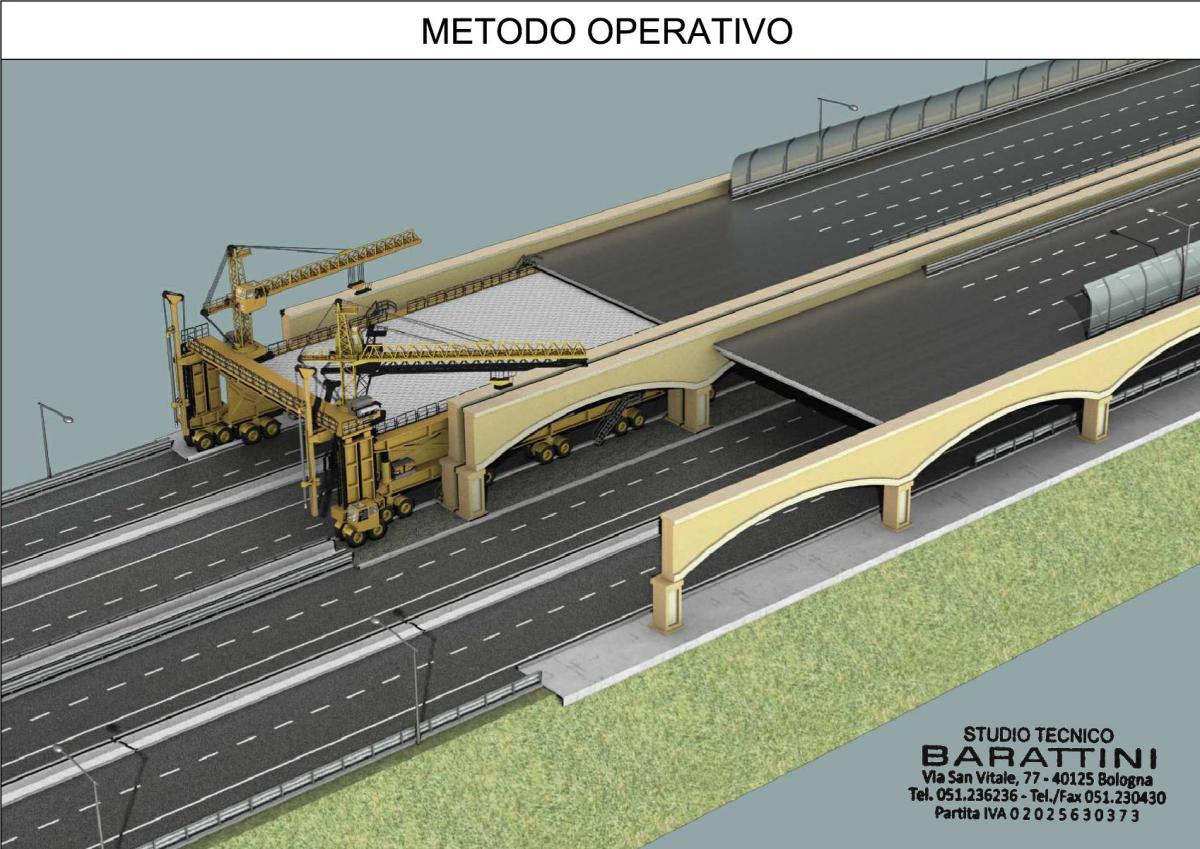
5) The design
Bologna is famous everywhere for being the city with the most kilometers of arcades in the world and the most representative symbol of this architectural element is the portico that leads to the Sanctuary of the Madonna di San Luca.
click on the image to enlarge
The planned viaduct could resume the aesthetics of portico with arches, columns and details.
By a preliminary analysis of the structure that will support the viaduct has been calculated a wheelbase of the pillars of between 20 and 28 m.
Whereas the portico of San Luca is 3,796 km long and consists of 666 arches, one gets an average width for each arch of 5.7 m, using a space between the pillars of the viaduct of 22.8 m, this measure would be exactly four times that of the arches of the portico.
Interestingly, the viaduct, the length of which would be equal to 15,185 m, would have exactly the same number of arches of the famous ancestor.
click on the image to enlarge
In addition to size you could reproduce the colors and decorative elements that characterize the portico of San Luca. The viaduct would thus become a sign immediately identifiable and recognizable for who, along the highway, will reach Bologna.
Revive the architecture of the portico applying it to a work of such importance to the city would create a mark on the area that links the past and the future ideally, an intervention made by the city for the city also in respect of its most famous traditions of architecture.
6) The costs
The real "surprise" (and also one of the main strengths of the project to the viaduct) is represented by the cost of its development.
Obviously the costs should be compared with those for the north bypass which now implies a forecast of € 1.300.000.000 (one billion three hundred million Euros).
From datas published by the Province of Bologna in the "Report of costs for year 2004" the estimated costs for the North Bypass, with the project of 42 Km, appeared that the work as a whole would to cost 370 million euro. To this sum they must be added 95 million for additional works, 303 million for environmental mitigation works, 63 million for works of ordinary road and coplanar, totaling 461 million euro.
Additional 240 million were intended for in-depth analysis, general expenses, insurance expenses and security.
The amount totaled 1,073,305,000 euro.
The update costs in 2014 led to an allocation equal to 1,280,000,000 euro.
Also the unit costs of the work proposed here need to be exactly proportionated to those used for similar processes.
As already explained above the enormous advantages of the viaduct are represented by:
- reduction of the development of the path to less than 40%;
- elimination of expropriations and their consequences (no increase in costs due to compensation for expropriation);
- fixed costs at the beginning of the work (it is a building construction well quantified in advance).
Putting the above together and calculating to estimate the cost of the proposed project, with spending reduced to about 790 million Euros you can complete it.
It assumes a cost of 35 million euro per kilometer, corresponding to the average cost calculated and published by the Authority for the Supervision of Public Works (Observatory of Public Works), by calculating unit costs per square meter of surface of the viaduct.
The necessary costs have been calculated, it is emphasized, based on the quantifications published about unit costs of the tracks on viaducts made.
The short report so far exhibited shows the many aspects of effectiveness, efficiency and convenience of the project to the hyper-ring road viaduct, which, in the opinion of the designers, deserves special attention.
Concluding remarks to town planning project
The several thousand views reached in a few weeks by this site, both from Italy and from over 50 countries around the world, show the feeling that those who frequent the web have for matters that affect the future of all of us, adaptable to the context of a city like Bologna (which has kept intact all the characteristics of its medieval center) and to several other urban areas.
The duty of urban planners and public officials should be to consider, in the development of the city, every aspect useful and necessary to ensure the need now indispensable to mobility, but not forgetting the aspect of the environment and better living conditions, that can be obtained, by proposing safeguard of the heritage of the area's resources and history to which it belongs.
The reduction of smog and harmful CO2 production, will certainly be achieved with the widespread use of electric traction, but presumably in several years: in the meantime,the most obvious and simple methods of limiting to be taken are represented by avoiding queues of traffic where it is possible: this goal can be reached with the expansion of the road surfaces where mandatorily required.
The loss of land, which is a finite size, has to be considered an unavoidable risk from which defend the community, especially in a region whose resources are closely related to experience, direct functions and industry, to its vocation to agriculture, and the prospect of cultivate as much as possible, in the certainty that the production needs will only increase, matched by the increase in the number of residents in Europe.
Make a road more does not necessarily mean the automatic consumption of territory, nor the drop in numbers and in production of farms, devastating the local road networks: you can use the area already dedicated to this need proceeding to expansions in height, "dressing" the most important interventions depending on how the territory is prepared and organized from both town planning and architectural standpoint.
A work of this kind should not even imply years of inconvenience and disruption of an already congested traffic to critical levels.
This is the philosophy that has guided the innovative project outlined above, both in design choice and in the foreseen operating modes, in the certainty of its simplicity, rationality and affordable feasibility.
An experience, it is stressed, repeatable in many urban environments where other solutions would entail unnecessary sacrifices.
THE DESIGN GROUP
Urban and Architectural design:
Dr. Ing. Bruno Barattini
Dr. Ing. Stefano Morara
Structural Design:
Dr. Ing. Alessandro Uberti
Automation Systems:
Dr. Ing. Paolo Barbieri - Gruppo Logital
Legal Advice:
Avv. Marco Fina

